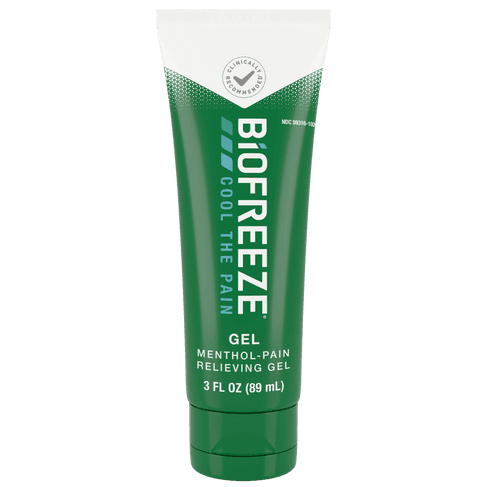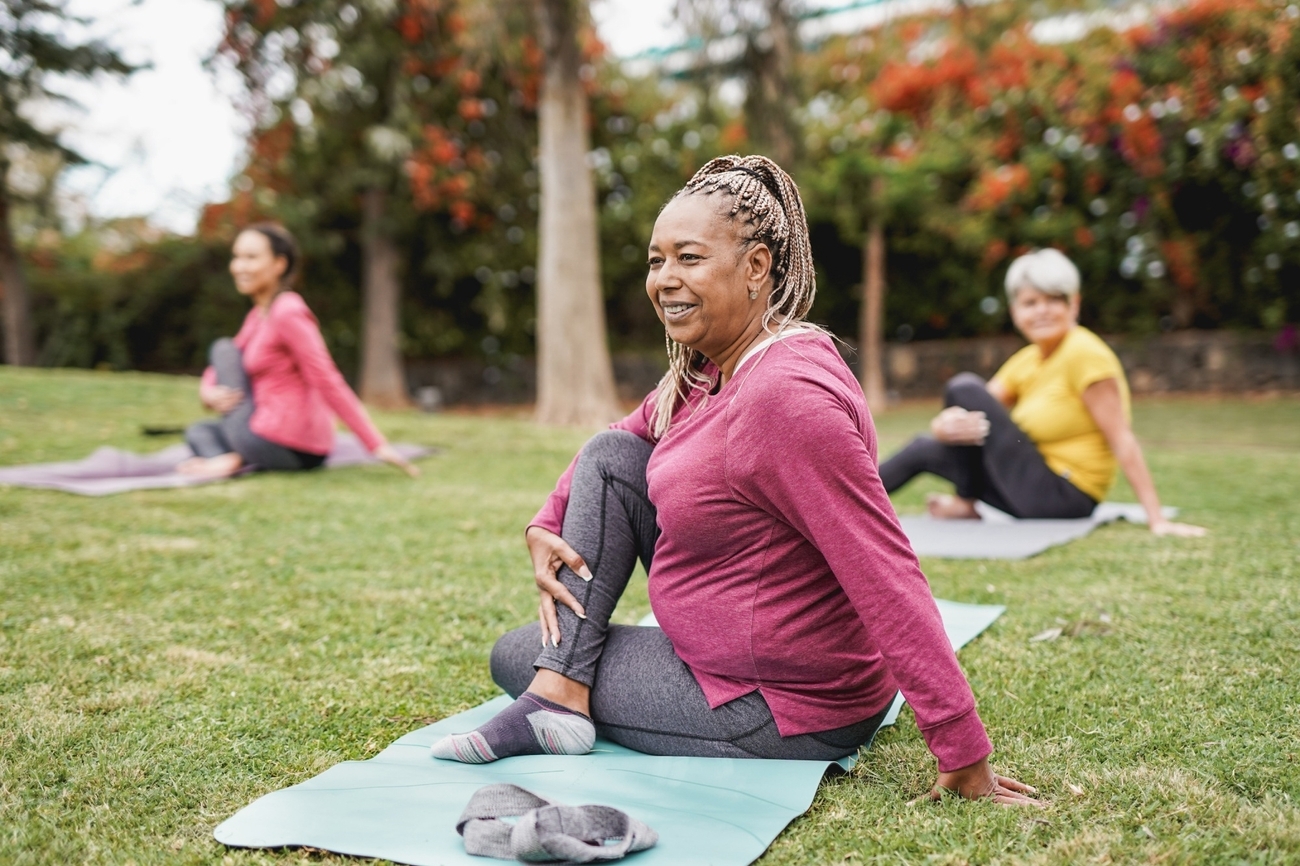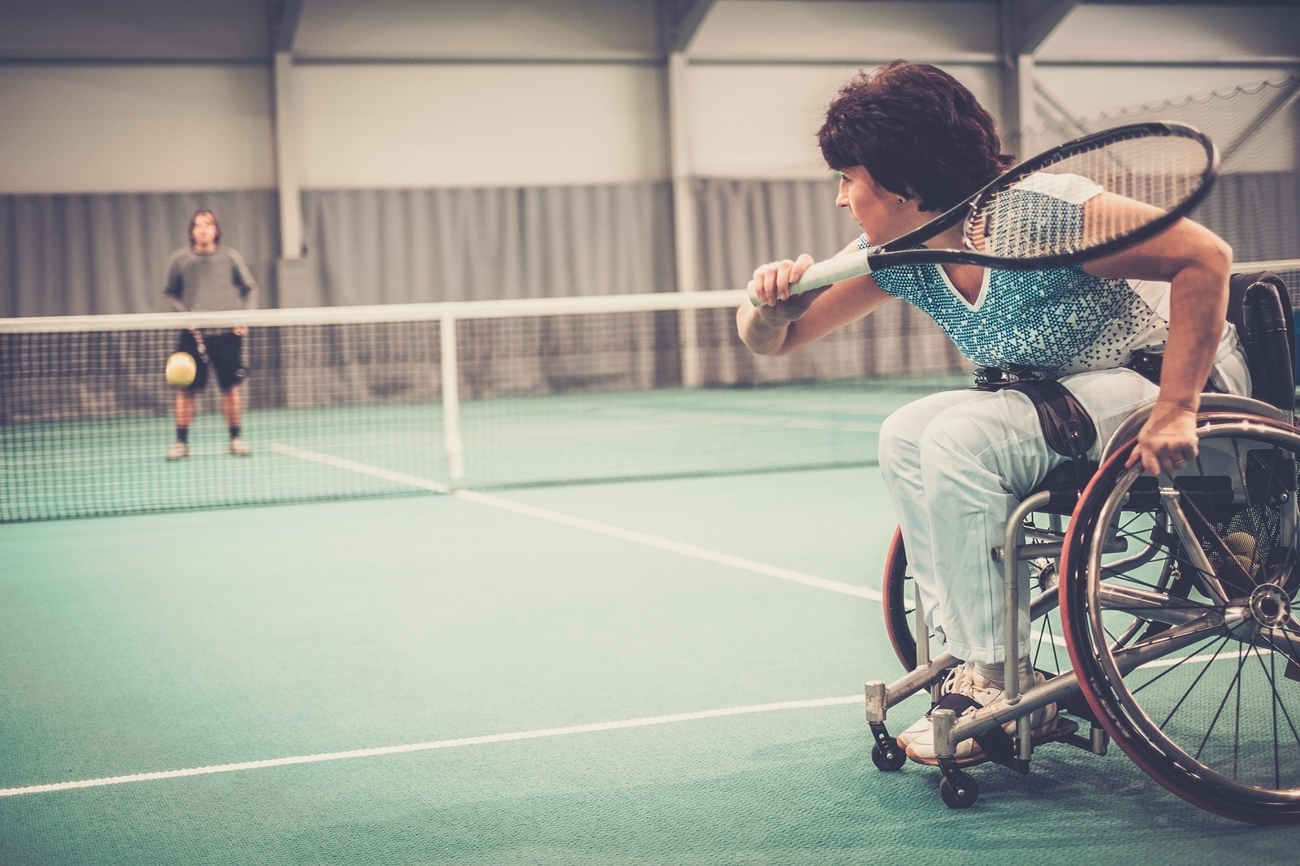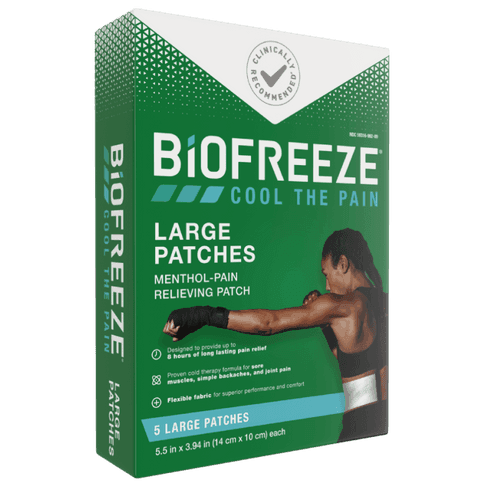Easy Application
Easily Covers Small & Large Areas
Targeted Relief

This article has been medically reviewed for accuracy
If you feel a dull, steady ache in the lower portion of your back, you’re experiencing some form of lower back pain, also known as lumbar back pain (referring to the lumbar spine).
Lower back pain is a common pain condition. In fact, it’s one of the top reasons for people missing work1 and making a trip to the doctor’s office.
Fortunately, there are many lower back pain relief treatments available to help alleviate the pain. Read on to learn how to effectively stave off chronic symptoms of lower back pain.
Some of the most common cases of lower back pain are due to:
What are the causes of joint and muscle pain?
It can be very easy to overlook chronic pain symptoms, attributing them to just another bad day. However, it pays to pay attention, especially when it involves your health. Be on the lookout for these lower back pain symptoms4:
Whether you suffer from acute lower back pain or chronic lower back pain, the pain can be distressing. It may also affect your overall quality of life.
Here are seven of the best ways on how to alleviate lower back pain:
What is cold therapy and is it good for me?
Cold therapy is the strategic use of cold exposure or ice application for pain management. Depending on the cause of your lower back pain, such as in the case of an injury (and how long ago you sustained said injury), cold therapy may be a helpful tool for lower back pain relief.
But how exactly does it work?
During cold therapy, the cold exposure or ice application narrows the blood vessels6, preventing fluid build-up around the injury. While inflammation may be necessary for injury recovery, excess inflammation can hinder this recovery process7.
Cold also slows down nerve activity8, which subsequently slows down the rate at which your pain signals fire and alert the nervous system of possible injury. This may be why cold or ice increases one’s pain tolerance and pain threshold9 as well.
If your lower back pain is due to a very recent injury, cold therapy may be a helpful backache remedy.
On the other hand, heat therapy may also provide lower back pain relief, especially for non-recent injuries.
Contrary to cold therapy, heat therapy, also known as thermotherapy, uses heat to open up blood vessels and promote better circulation10 throughout the body.
Heat therapy may include:
If you have a stiff or sore lower back, heat therapy may help soothe these stiff muscles and joints, relax the muscles to increase flexibility and range of motion, and promote quicker healing if the pain is caused by an injury or strain.
However, heat therapy isn’t always appropriate for injured muscles, especially if they are new, bruised, and/or inflamed. Consult your doctor about the use of heat therapy in managing your lower back pain or lower back pain injury.
Topical pain relief products, like Biofreeze menthol-based topical analgesics, provide targeted pain relief11.
For a larger surface area, such as the lower back, try Biofreeze Patch, Cream, Gel, or Spray.
Physical therapy, also known as physiotherapy, involves exercises, stretches, cold and heat therapy, and the use of (medical) devices12 to:
Those who experience chronic back pain, or are at risk of developing it, may find physical therapy is an effective back ache remedy.
Physical therapy may require a schedule of regular sessions to correct poor posture, strengthen the muscles, and avoid re-injury.
Massage therapy falls under the umbrella of complementary and alternative medicine therapies13 available, that are commonly sought out to provide pain relief for acute or chronic pain syndromes.
In particular, studies have attempted to observe the effects of massage therapy on lower back pain.
Data collected from an early study14 on the effectiveness of massage therapy on patients with subacute low-back pain, established a beneficial relationship between patients who received massage therapy and their reduction in pain.
While debates are ongoing about whether massage therapy provides true low back pain relief, it is a nonpharmacological treatment option that is relatively accessible, and may be better than no treatment at all15.
Similar to massage therapy, chiropractic is an alternative medicine form that involves manual therapy (or manipulation) of the physical body16, using the hands or a device (such as a towel) to apply force to your spinal joints.
Spinal manipulation is one of the recommended non-invasive treatments for low back pain17 by the American College of Physicians, for patients suffering from acute or subacute low back pain.
While chiropractic care may provide some lower back pain relief, the pain relief effects may be short-term and require long and frequent enough sessions to sustain long-term pain relief.
Pain in the lower back may lead to some movement restriction, and reduce your overall flexibility. It might be tempting to stop moving altogether, however, remaining completely sedentary18 during recovery isn’t a good idea either.
Stretching daily helps loosen muscles and keeps them flexible for movement, staving off symptoms of lower backaches.
Stretching activities that incorporate strengthening aspects, such as yoga or tai chi19, may be some of the best practices in the fight against lower back pain.
Strengthening your back muscles helps better prepare them for supporting upper body weight. Stretching and increasing flexibility in the back can help maintain spinal mobility.
Movement therapy that combines both stretching and strengthening may be the key to lower back pain relief.
Easy Application
Easily Covers Small & Large Areas
Targeted Relief
Mess-Free Application
Easily Covers Small & Large Areas
Long Lasting
This article has been medically reviewed for accuracy


Easy Application
Easily Covers Small & Large Areas
Targeted Relief
Mess-Free Application
Easily Covers Small & Large Areas
Long Lasting
